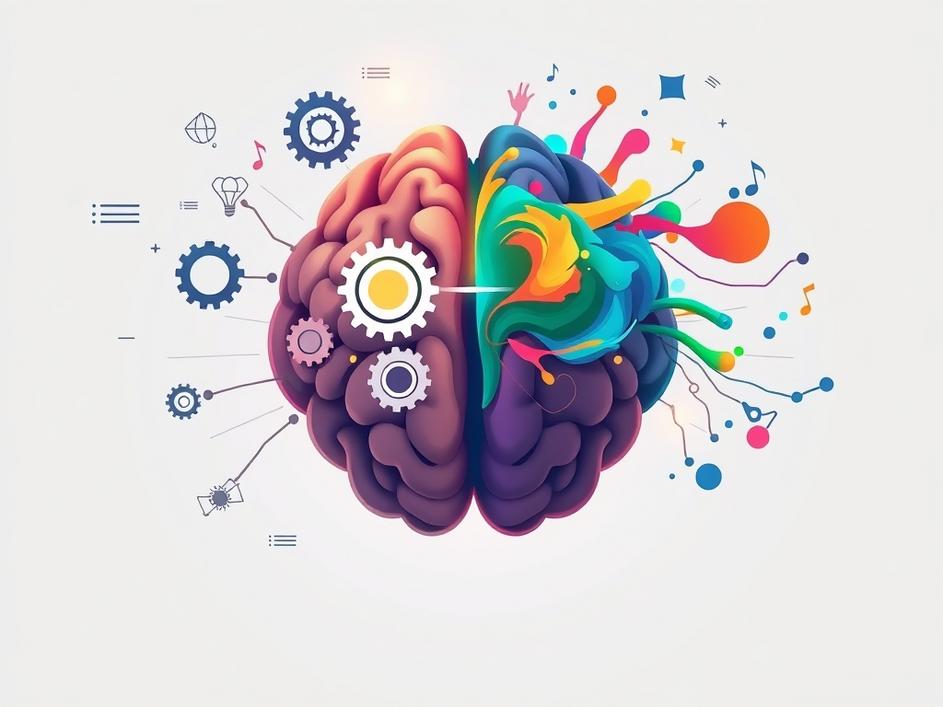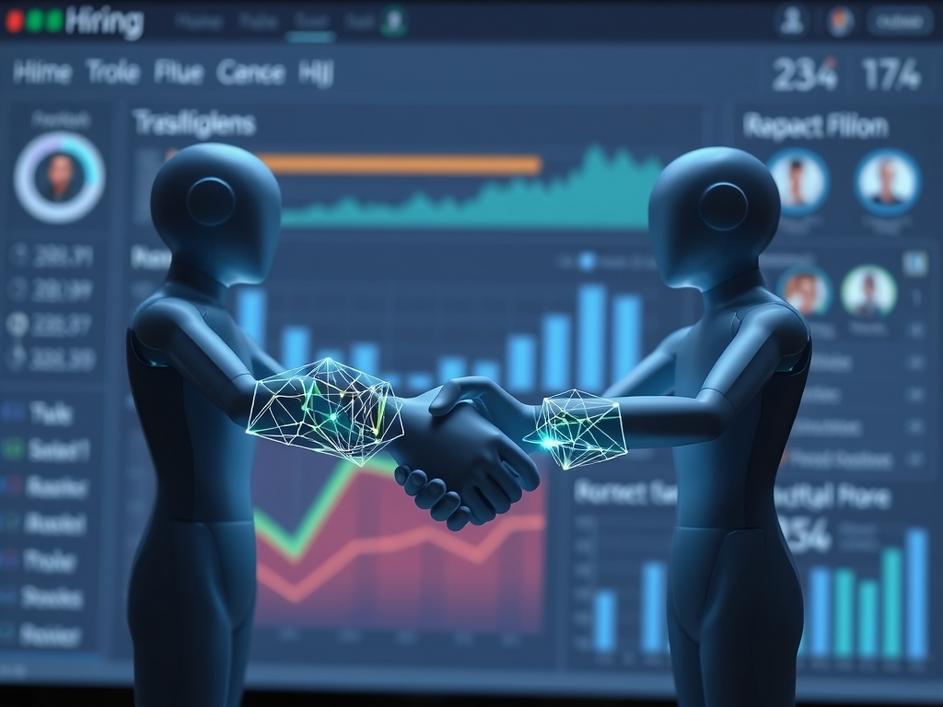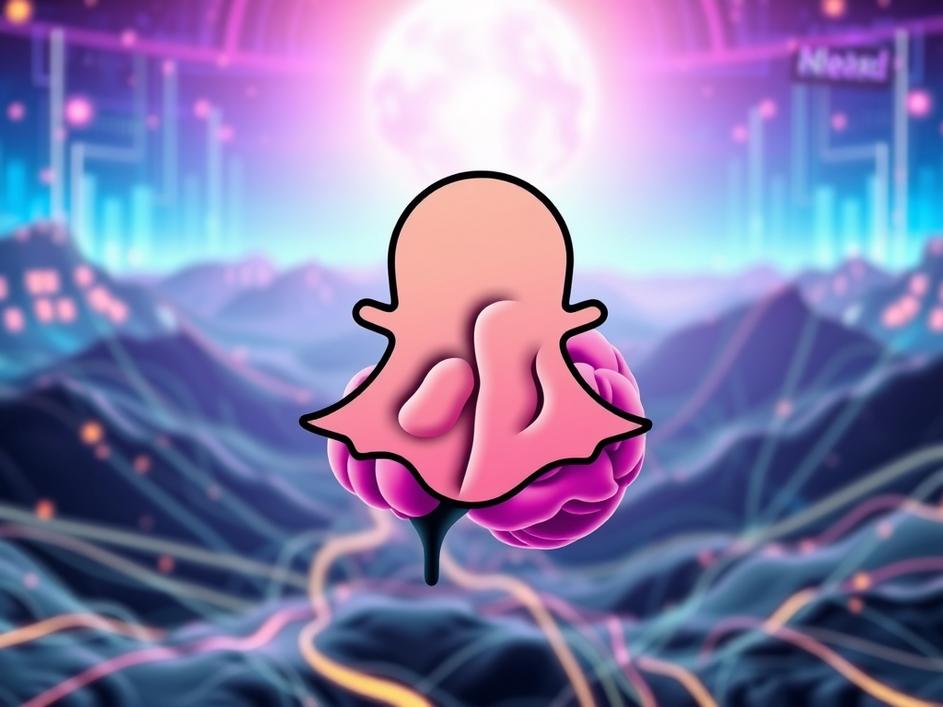


We are a digital agency helping businesses develop immersive, engaging, and user-focused web, app, and software solutions.
2310 Mira Vista Ave
Montrose, CA 91020
2500+ reviews based on client feedback

What's Included?
ToggleWe all hear about AI these days, and it’s changing so much around us. One of the big, interesting talks happening now is about how AI might be affecting our brains. You know that old idea about people being either ‘left-brained’ (logical, analytical) or ‘right-brained’ (creative, artistic)? Well, some folks are starting to wonder if generative AI, the kind that creates new stuff, is actually pushing us more towards one side. The worry is that it might boost our logical thinking but somehow make our creative side weaker. It’s a pretty big idea, so let’s chat about it and see if there’s any truth to this growing thought.
First off, it’s good to remember that the whole ‘left-brain, right-brain’ thing is a bit of a simplified story. Scientists tell us our brains don’t really work like two separate rooms where one handles all the math and the other all the poetry. Instead, they work together, constantly talking to each other. But, this simple way of thinking about our brains still helps us talk about different kinds of thinking. We often use ‘left-brain’ to mean things like problem-solving, numbers, and breaking things down, while ‘right-brain’ points to imagination, feelings, and seeing the big picture. So, even if it’s not perfectly scientific, it’s a handy way to think about different mental strengths when we talk about how new tech like AI fits in.
It’s easy to see how AI helps with tasks that feel very ‘left-brained.’ Think about it: generative AI can write emails, sum up long articles, help us code, and even organize mountains of data. It’s really good at finding patterns, processing information fast, and giving us quick answers. If you’re a student, it can help outline an essay. If you’re working, it can draft a report or analyze sales figures. This means we can get through those logical, step-by-step tasks much faster. It frees up our time and makes us more efficient in ways we couldn’t have imagined a few years ago. It’s like having a super-smart assistant for all the analytical parts of our day.
But here’s where the worry comes in. If AI is so good at writing, designing, and even creating art, what does that mean for our own creative muscles? If we just ask AI to brainstorm ideas, write stories, or come up with marketing slogans, are we slowly letting our own ability to do those things get rusty? Our ‘right-brain’ functions, like imagination, intuition, and coming up with truly new concepts, need to be exercised. Just like any muscle, if you don’t use it, it can get weaker. The concern is that by relying too heavily on AI for creative output, we might lose some of our unique human touch, the kind of originality that comes from our personal experiences and feelings.
However, I think it’s not all doom and gloom for our creative side. AI isn’t just a machine that takes over; it can also be a fantastic partner. Imagine you’re stuck on a creative project. You can ask AI for ten different starting points, then take the one that sparks your imagination and run with it. Or, maybe AI can handle all the tedious parts of a design project, letting you focus on the big artistic vision. It can quickly mock up ideas, try out different color schemes, or even write some basic code for a new app. This means we can spend less time on the grunt work and more time on the truly inventive parts that only a human mind can bring. It can speed up the creative process, allowing us to explore more ideas and refine our own concepts faster than ever before.
So, the real challenge isn’t whether AI will change our brains, but how we choose to let it. We need to be intentional about keeping both our logical and creative sides sharp. This means not just relying on AI to do all the heavy lifting. Instead, we should actively engage in activities that challenge our imagination and critical thinking. Try to brainstorm ideas on your own before asking AI for help. Practice writing, drawing, or solving complex problems without immediately jumping to an AI tool. Use AI to explore, expand, and refine your own thoughts, but don’t let it replace the initial spark that comes from you. It’s about being mindful and using AI as a tool to enhance, rather than diminish, our full mental abilities.
The idea that generative AI only boosts our logical side while hurting our creative side is a compelling thought, but it might be too simple. Our brains are incredibly adaptive, and AI is just a new tool in our human toolkit. What truly matters is how we choose to use it. If we let AI do all our thinking, both logical and creative, then yes, our own skills might fade. But if we use AI smartly, as a powerful assistant to explore ideas, handle routine tasks, and free up our time for deeper thought and original creation, then it can truly help us grow. The future isn’t about AI taking over our brains; it’s about us learning to dance with it, keeping our mental balance as we step forward into this exciting new world.



Leave a reply